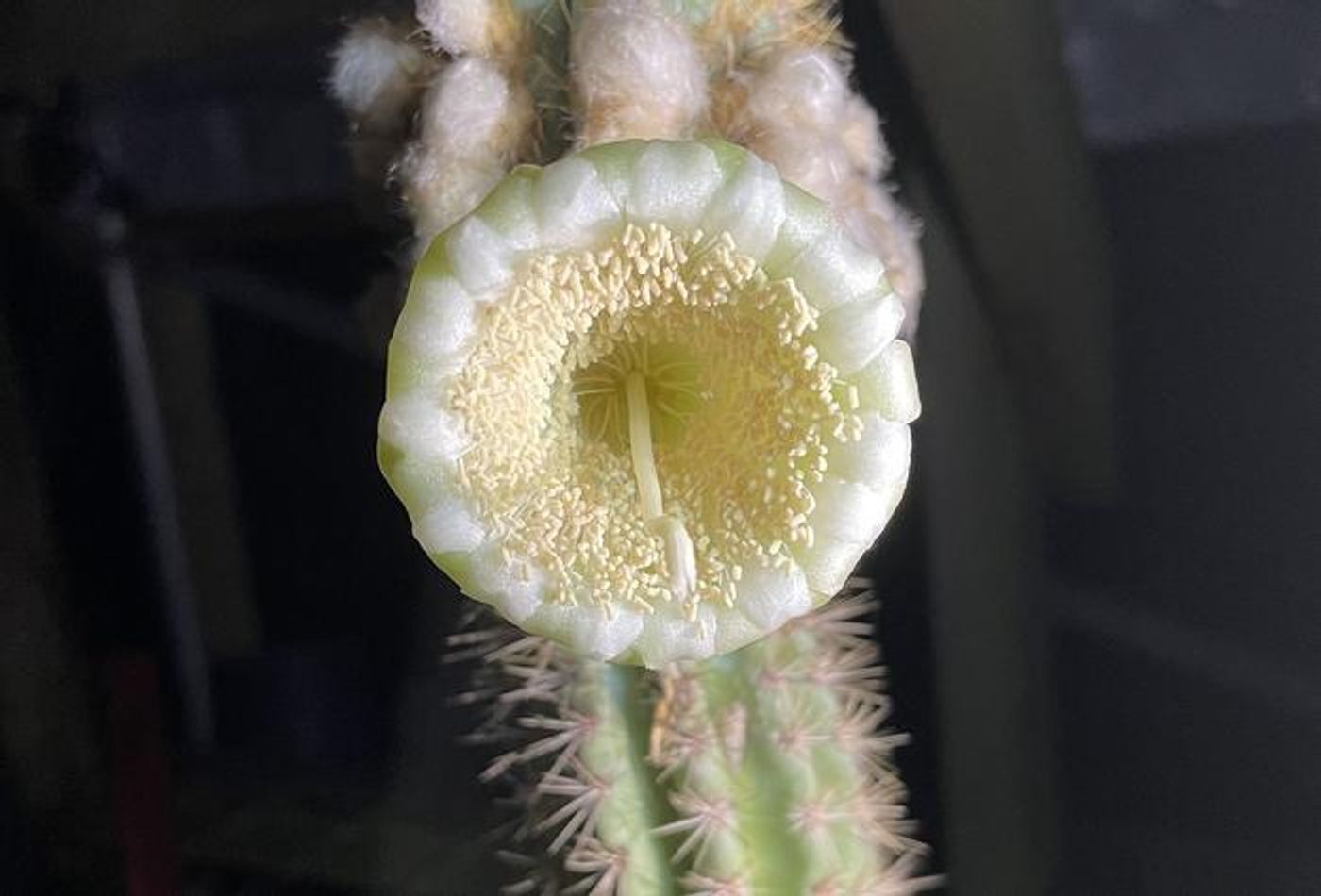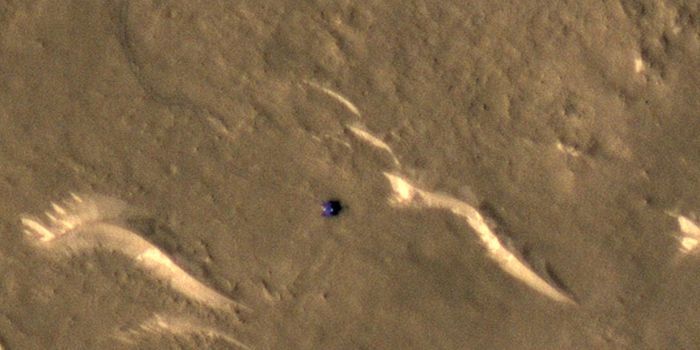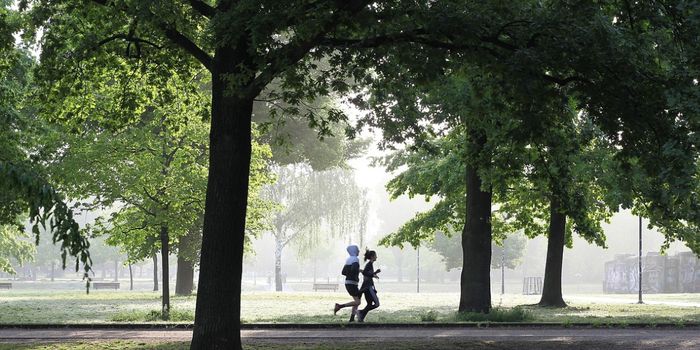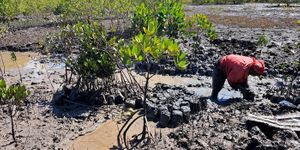Key Largo Tree Cactus is the USA's First Extinction Due to Sea Level Rise
The Key Largo tree cactus (Pilosocereus millspaughii) was first identified in an isolated mangrove forest in 1992. It is native to the Bahamas, Haiti, and South Florida. But it doesn't grow naturally in Florida anymore, and scientists suspect that it has become the first known species that is a casualty of sea level rise in the United States. The last stand of this cactus, which was once about 150 stems strong, was diminished to six sickly bits, which researchers took back to the lab in an attempt at off-site conservation. There are now no known locations where the Key Largo cactus still grows in Florida. The findings have been reported in the Journal of the Botanical Research Institute of Texas.
Rising seas cause salt water intrusion, and many places have been impacted by this problem in recent years. It can wreak havoc on water supplies and cause significant stress for local plant life. Florida and other areas are also under threat from worsening storms and hurricanes that can cause soil depletion. There are also pressures from human development.
"Unfortunately, the Key Largo tree cactus may be a bellwether for how other low-lying coastal plants will respond to climate change," suggested lead study author Jennifer Possley, the director of regional conservation at Fairchild Tropical Botanic Garden.
The Key Largo tree is similar to an endangered species called the Key tree cactus (Pilosocereus robinii), which also grows naturally in the Florida Keys. Both species can grow to be 20 feet tall and sprout cream-colored flowers that have a garlicky aroma as well as bright red and purple fruit. The flowers attract bat pollinators, and birds and other animals like the fruit.
However, these cacti are not the same. Key Largo cactus spines are about twice as long as Key tree cactus spines. There are also differences in hairs that grow at the base of the fruits.
In 1984, the Key tree cactus was listed as endangered, and its numbers continue to decline. As early as 1917, botanist John Small had noticed that these once "abundant" cacti had already become "scarce" as people sought firewood and building sites. Small already thought in 1917 that it was "on the verge of extermination in its natural habitat."
The cacti could once grow on soil and organic material atop limestone, which was protected by mangroves. But repeated storm surges from hurricanes have all but obliterated this material. Plants that could tolerate salt began to move in on the area. Saltwater flooding from king tides is another problem.
The researchers are interested in replanting some of these cacti. However, since their habitats are disappearing, this may not restore the plants permanently.
It may only be a preview of what's to come as climate change continues to increase sea levels and raise average temperatures. Animals and plants also exist in a deeply interconnected world, so we can't always known how the loss of one species might affect others.
"We are on the front lines of biodiversity loss," said study co-author George Gann, the executive director for the Institute for Regional Conservation. "Our research in South Florida over the past 25 years shows that more than one in four native plant species are critically threatened with regional extinction or are already extirpated due to habitat loss, over collecting, invasive species and other drivers of degradation. More than 50 are already gone, including four global extinctions."
Sources: Florida Museum of Natural History, Journal of the Botanical Research Institute of Texas









